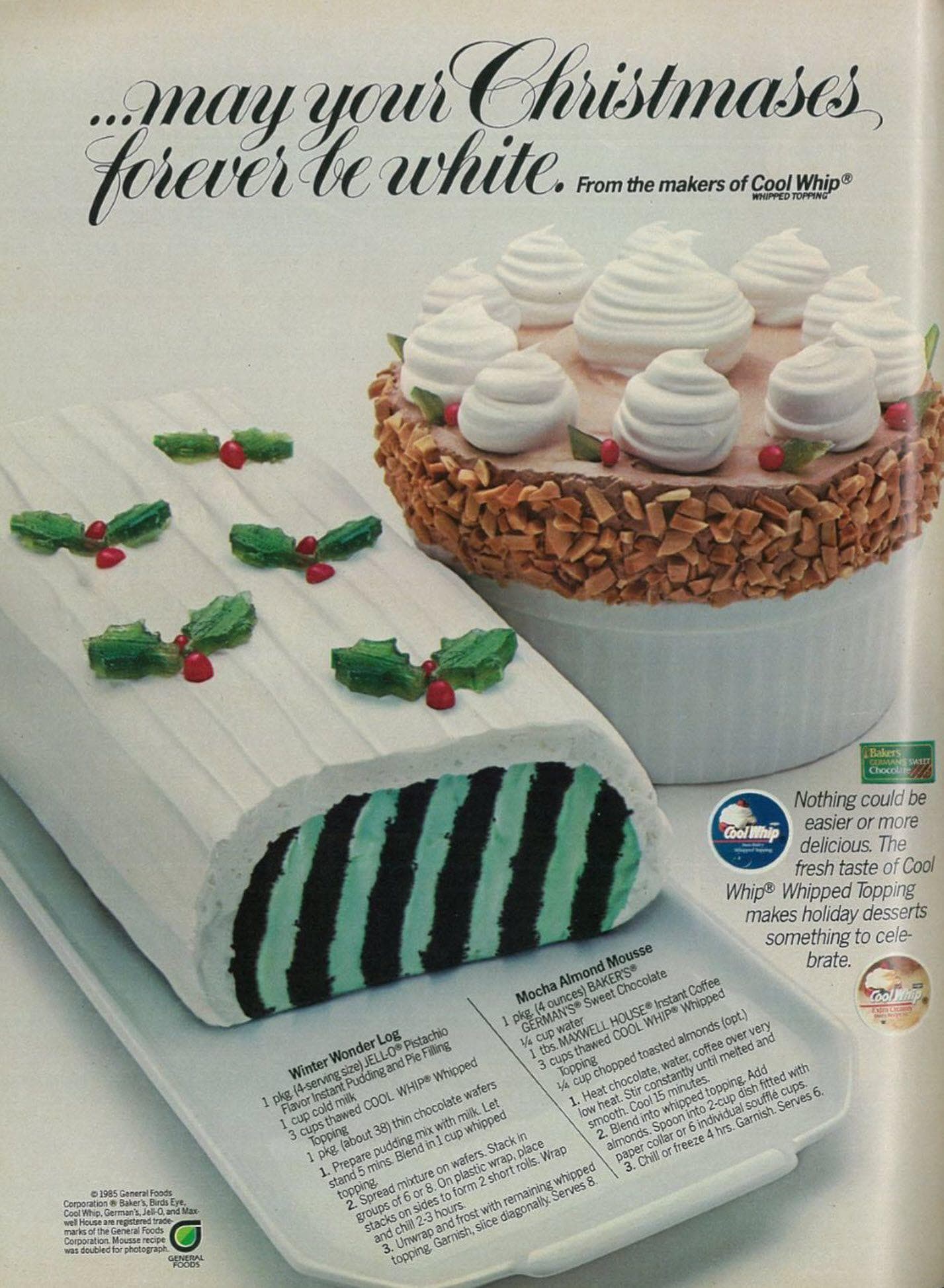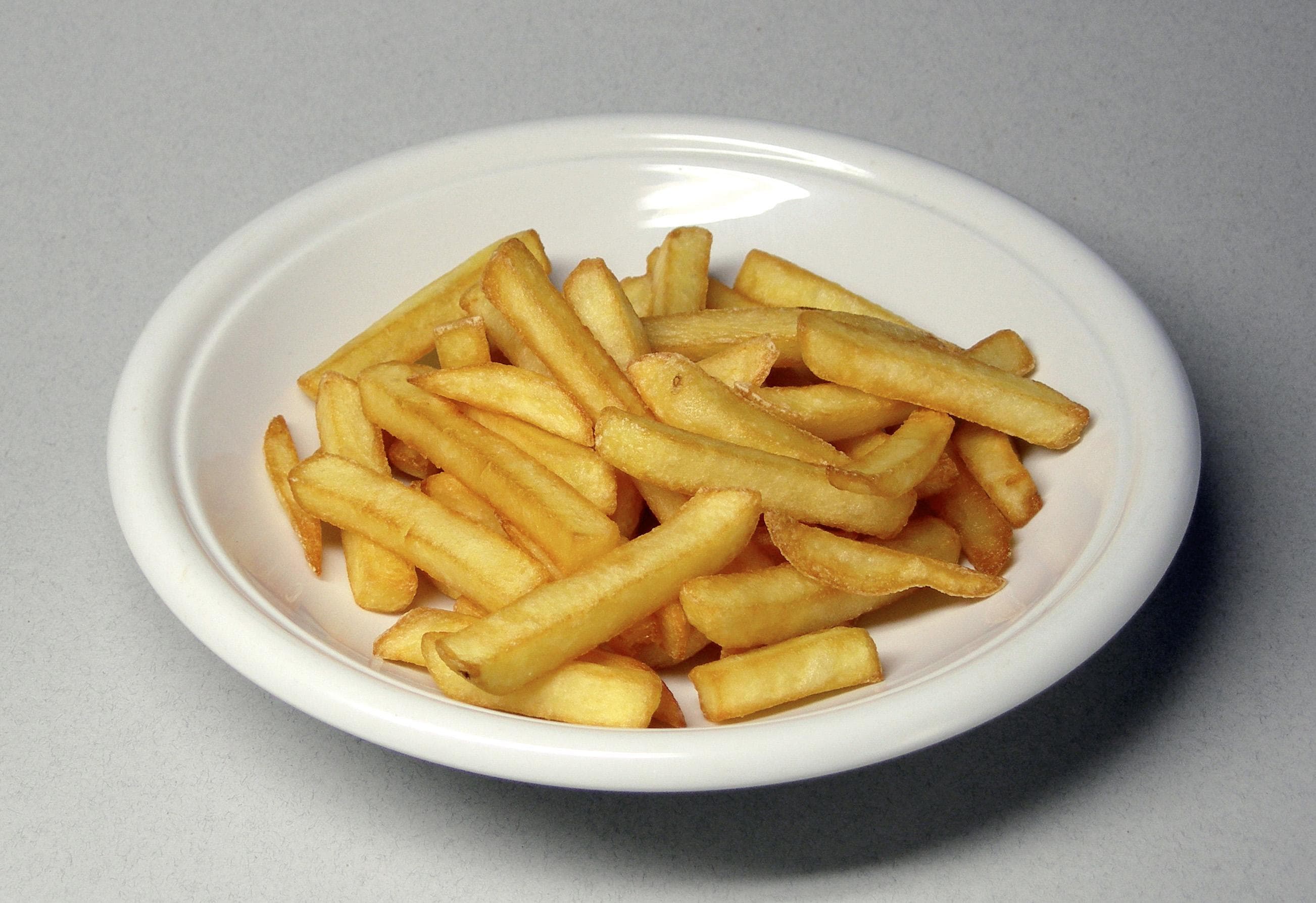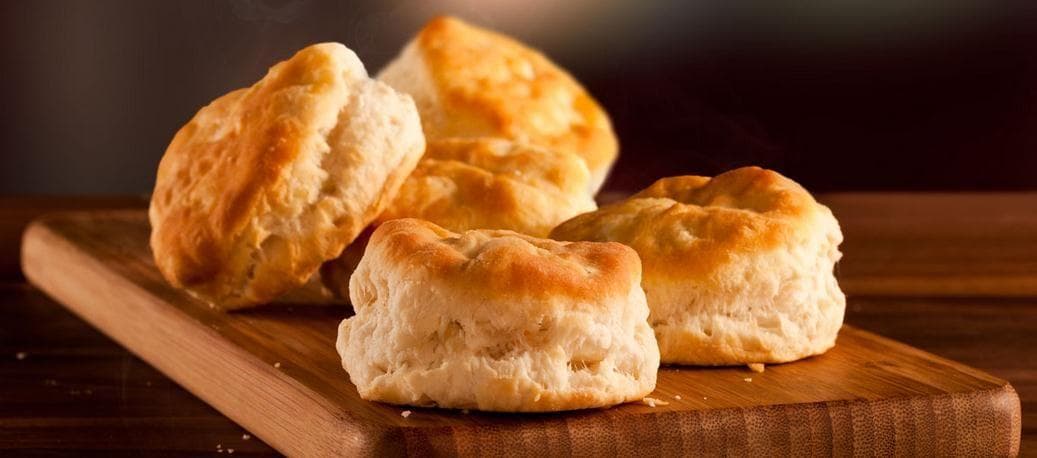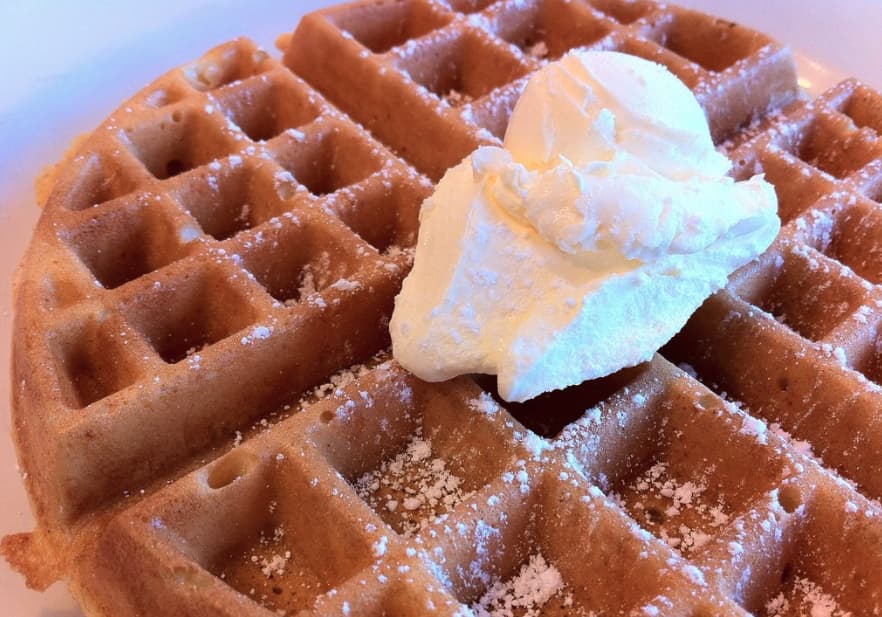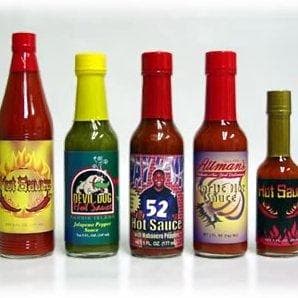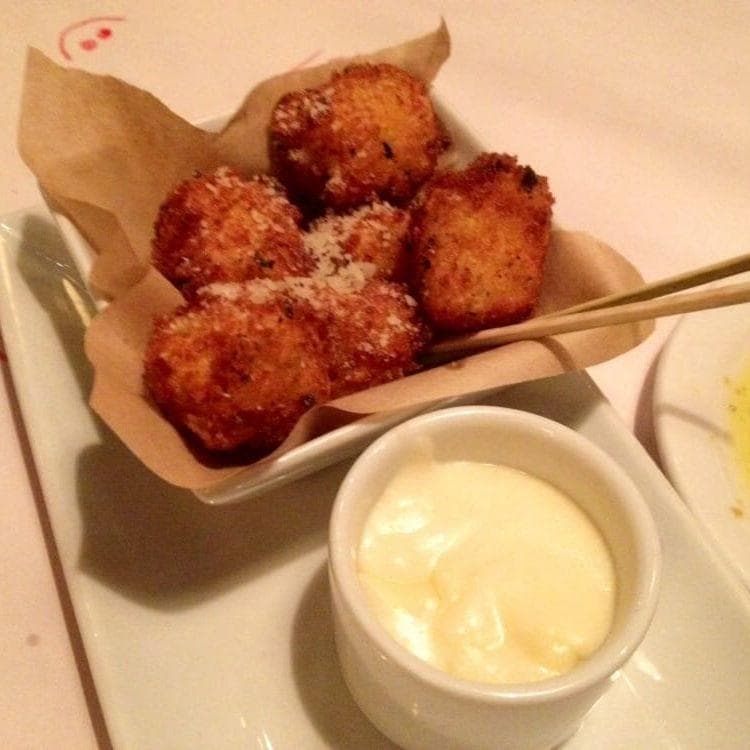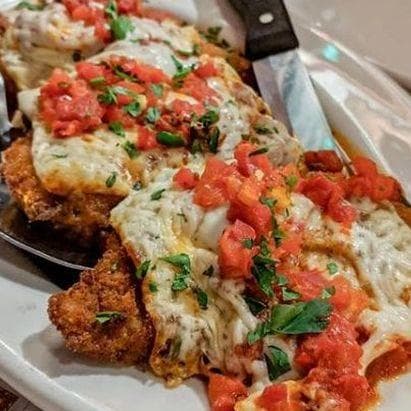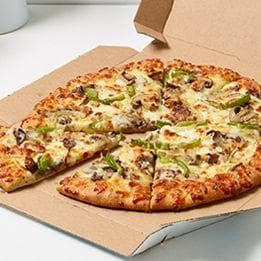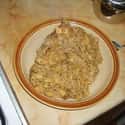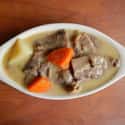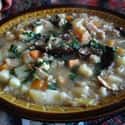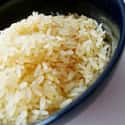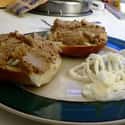-
(#7) Roosevelt Coffee
Coffee is a must-have for many people, but during WWII, pretty much every coffee bean in America was shipped overseas, making coffee one of the hardest things to ration. Americans were tasked with going through one pound every five to six weeks, which meant they were drinking less than one cup a day.
Americans who absolutely had to have a cup of joe started making "Roosevelt Coffee," named for the president at the time. It was simply reused coffee grounds that made a watery coffee substitute. Sometimes ingredients like chicory and Postum were mixed with the coffee. The chicory added spice to the coffee, while Postum is a coffee substitute made of wheat bran, wheat, molasses, and maltodextrin.
-
(#3) Bubble And Squeak
A big part of rationing was using leftovers to make food last as long as possible, so a lot of meals were basically thrown together. “Bubble and squeak” wasn’t one specific kind of recipe, although there was one necessity: mashed potatoes.
During rationing, potatoes were easy to grow, plentiful, and took on whatever flavors were impressed upon them. When used in bubble and squeak, mashed potatoes turned every dinner into a kind of potato pancake, usually filled with whatever meat and veggies were around.
-
(#9) Braised Beef Tongue
A cow's tongue is huge, rubbery, and tough - not the thing you imagine a family sitting down to enjoy. But during WWII, American families were only able to buy meat products such as tongue and feet, which made for interesting twists on classic dishes. Beef tongue wasn't just served as a big tongue on a plate; instead, it was presented in something closer to a casserole.
Braised beef tongue will be fairly recognizable. One modern recipe calls for carrots, onions, celery, and tomato sauce, plus the tongue. To get the tongue into an edible consistency, it has to be boiled for two hours, then baked for another two in a casserole surrounded by vegetables.
-
(#10) Spit Soup
Spit soup doesn't have the most appetizing name in the history of culinary innovations, but the dish itself is actually tasty. The soup was created in occupied Poland as a way to make use of excess barley.
Polish people no longer had access to many of the foods that made their cuisine so rich. Proteins like oysters and anchovies were off the table, as were items as simple as chestnuts.
To survive during WWII, Poles made a soup out of barley, a hardy cereal. While eating the soup, they had to spit out the husks, hence its less-than-appetizing name.
-
(#4) Mock Fish Fillets
In England, cooks attempted to keep some semblance of normalcy by frying mock fish fillets. The filets were cooked in the same way as an actual fish filet, but with rice.
To make mock fish fillets, they mixed rice and egg into a half-inch-thick pan of fried rice, chilled it, then cut it into filets. They breaded the filets (if bread was available) and fried them again until they had a golden appearance.
-
(#11) Vegetarian Chopped Liver
Chopped liver is a traditional Jewish recipe that uses schmaltz and gribenes - chicken fat and cracklings - to fortify the chopped liver that makes up most of the dish.
During WWII, Jewish families were advised to stretch out their food rations, which might mean using breadcrumbs to reinforce meals or making a vegetarian version.
The vegetarian version of this dish made use of fresh fruits and vegetables and whatever was growing in victory gardens.
Home chefs swapped out the meat for green beans, peas, onions, hard-boiled eggs (if available), and crackers.
New Random Displays Display All By Ranking
About This Tool
Food is essential to human survival. In WWII, food scarcity is undoubtedly the most deadly blow to the army. The reason why the German army failed on the Soviet battlefield was largely due to insufficient food supply and no food to provide calories and energy. The foods of each country in WWII are different because of the difference in culture, climate, and customs.
War is cruel. War destroyed economic development and the living environment. Food was the most important support during World War II. We would introduce random 12 foods that were supported people to maintain a normal life during WWII.
Our data comes from Ranker, If you want to participate in the ranking of items displayed on this page, please click here.


